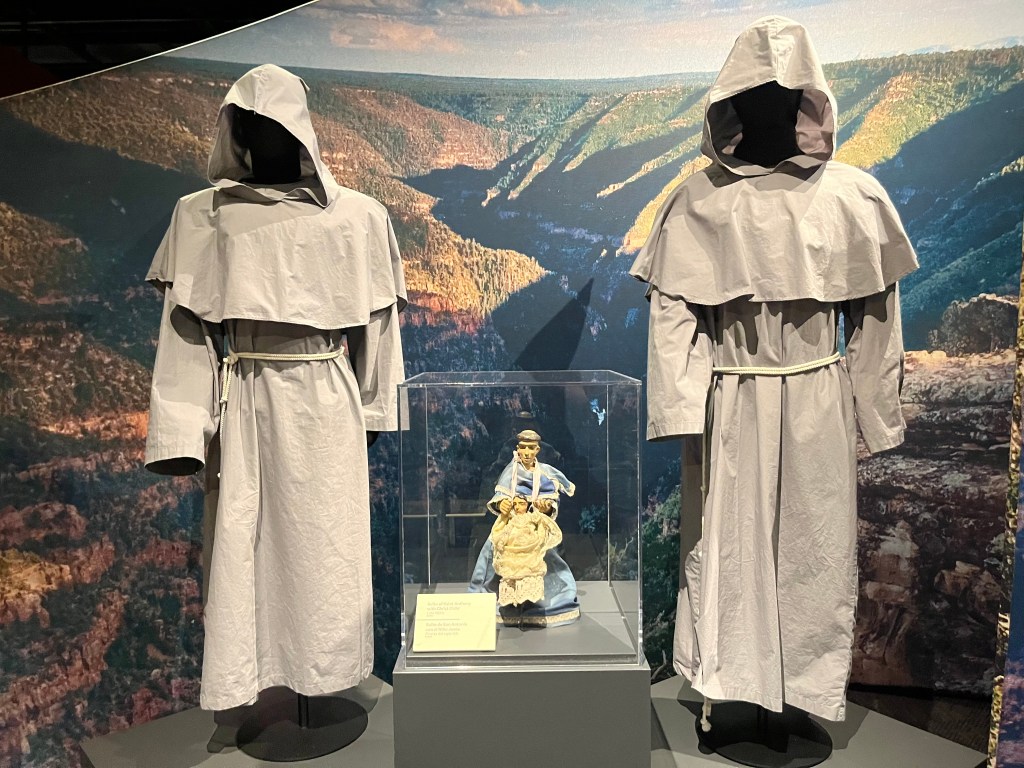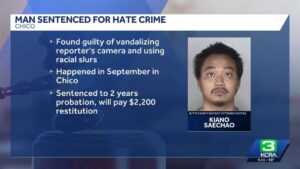
A new exhibit titled “Expedition 1776: The Journey of Domínguez & Escalante” has opened at the History Colorado Center, showcasing the complexities and challenges faced by early explorers in the American Southwest. This exhibit brings together artifacts, maps, and narratives that illustrate the expedition of two Franciscan priests, Francisco Atanasio Domínguez and Silvestre Vélez de Escalante, who embarked on a five-month journey through what is now New Mexico, Colorado, Utah, and Arizona starting on July 29, 1776.
The exhibition thoughtfully addresses the historical context of the expedition, which occurred during a time of significant upheaval in the United States. While the colonies were declaring independence from Britain, Domínguez and Escalante were navigating a vastly different landscape, one populated by Indigenous tribes who were facing increasing pressure from Spanish colonial expansion.
Curators have approached this exhibit with a keen awareness of the audience’s diverse perspectives. As visitors engage with the displays, they are reminded of the dualities present in exploration: the quest for knowledge and the consequent displacement of Indigenous peoples. The journey of Domínguez and Escalante, while initially aimed at spreading Christianity, inadvertently contributed to the erosion of Indigenous cultures.
The exhibit features a rich array of artifacts, including clerical garments, religious items, and tools used by the explorers like a saddle and a cooking griddle, which provide insight into the everyday life of the expedition team. Notably, the presence of weapons such as a Spanish pistol and gunpowder horn underscores that the explorers were equipped for more than just evangelism.
Artifacts and Maps Illuminate Cultural Encounters
One of the exhibit’s significant strengths lies in its juxtaposition of artifacts from both the European explorers and Indigenous cultures. Objects such as ceramic jars, baskets, and water pitchers from Native American societies offer a broader understanding of the cultural landscape during that period. This careful curation allows visitors to grasp the complexities of early encounters between two very different worlds.
Maps play a crucial role in the narrative of the exhibit. The expedition included Bernardo de Miera y Pacheco, a mapmaker who created detailed representations of the terrain and Indigenous settlements. His maps, displayed in elegant frames, illustrate not only the geographical features of the land but also the shifting dynamics of power and culture. While the maps served as essential tools for guiding settlers, they also facilitated territorial expansion that disregarded Indigenous sovereignty.
The exhibit does not shy away from addressing the implications of these early explorations. As visitors learn about the inaccuracies in early maps, such as California being depicted as an island, they are prompted to consider how these representations shaped colonial attitudes and policies. The text accompanying the maps emphasizes that while they provided valuable information for settlers, they also “fuelled expansionist European policies” and legitimized imperial land claims.
Balancing Historical Narratives
“Expedition 1776” successfully navigates the delicate balance between presenting the valor of the explorers and acknowledging the harm caused to Indigenous communities. The exhibit captures the courage and determination of Domínguez and Escalante as they traversed treacherous landscapes and pursued their mission with fervor. Yet, it also reveals the darker consequences of their journey, including the displacement of Indigenous populations and the long-lasting trauma that ensued.
Exhibition staff have crafted an experience that respects the historical complexities and nuances of the past. By framing the explorers as both pioneers and participants in a larger narrative of colonialism, the exhibit fosters a space for reflection and dialogue about the legacy of exploration in American history.
“Expedition 1776: The Journey of Domínguez & Escalante” will run through August 2, 2026, at the History Colorado Center, located at 1200 Broadway. For more information, visitors can call 303-447-8679 or visit the museum’s website at historycolorado.org. This exhibit serves as an important reminder of the multifaceted nature of history and the ongoing conversations about how we understand our past.







